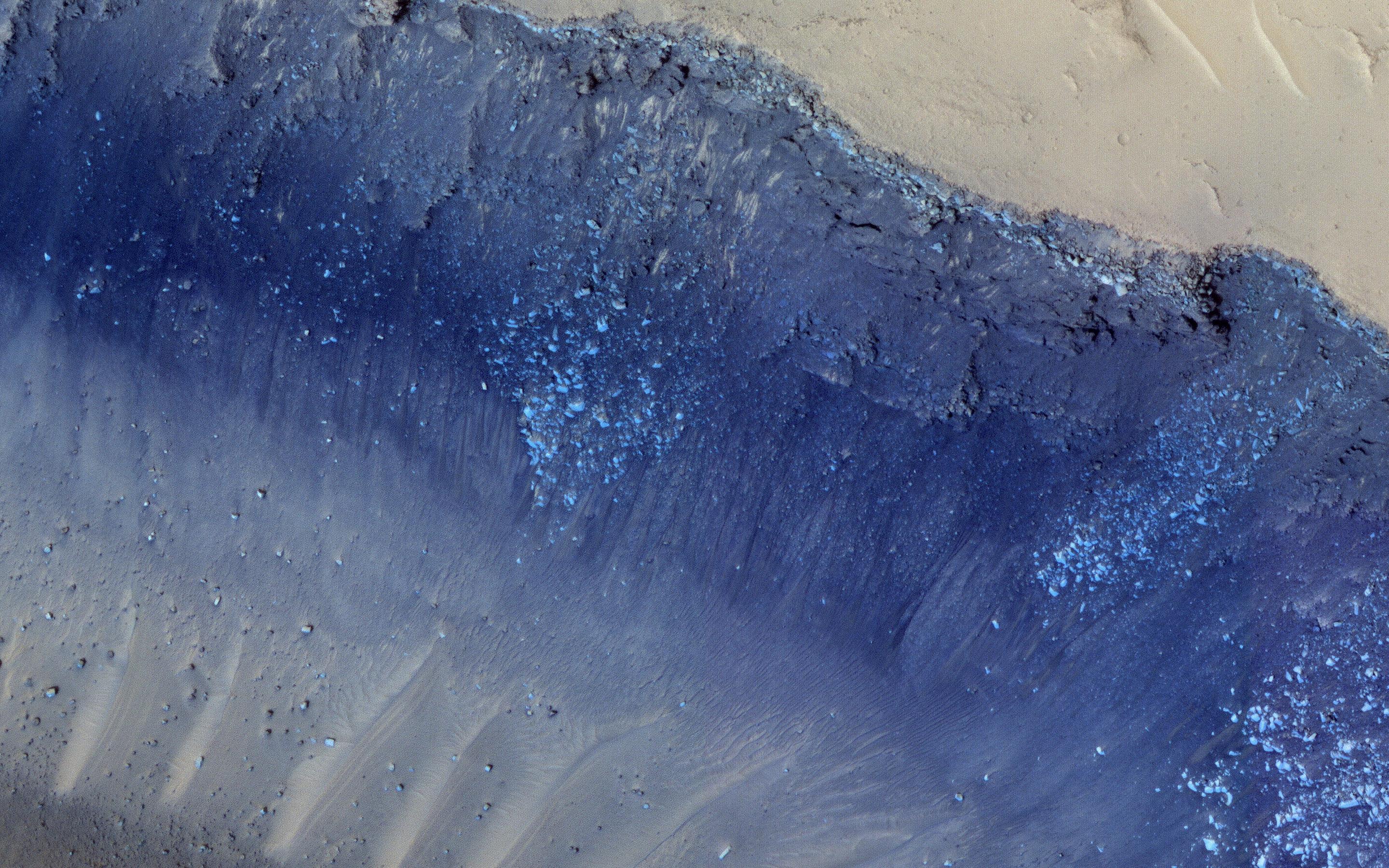MI weekly selection #355

Alternative explanation for landslides in Mars
Long landslides on Mars may have been caused by vibrations of unstable light rocks at the bottom of the slide. The findings, which offer an alternative view to previous suggestions that the landslides were caused by underlying ice, could give researchers more insight on the landslide risks on Mars and Earth.
Distant galaxy gives astronomers glimpse of universe’s early days
A star-forming galaxy that is 13 billion light-years away from Earth formed 970 million years after the Big Bang, and observations of it are helping astronomers learn more about the early days of the universe. “[W]hat is special about this observation, is that this is the most distant dusty galaxy we have ever seen in an unobstructed way,” said study author Caitlin Casey.
Cave art found in Indonesia may be oldest that tells a story
Colorful drawings dating back about 44,000 years have been found in an Indonesian cave, and the fanciful hunting scenes may be the oldest known examples of storytelling art. The drawings include depictions of wild animals such as pigs and buffalo being pursued by human-animal hybrid creatures.
Armor design inspired by chiton mollusk
Researchers have crafted a 3D-printed flexible armor using the multiple scales of chiton mollusks as design inspiration. “[T]he chiton has eight mineralized plates covering the top of the creature and around its base it has a girdle of very small scales assembled like fish scales, that provide flexibility as well as protection,” says study author Ling Li.
Bacteria that feeds on CO2 can produce biomass from air
Researchers have created a novel variety of E. coli bacteria that feeds on carbon dioxide when sugar is not available and is capable of producing biomass from air.